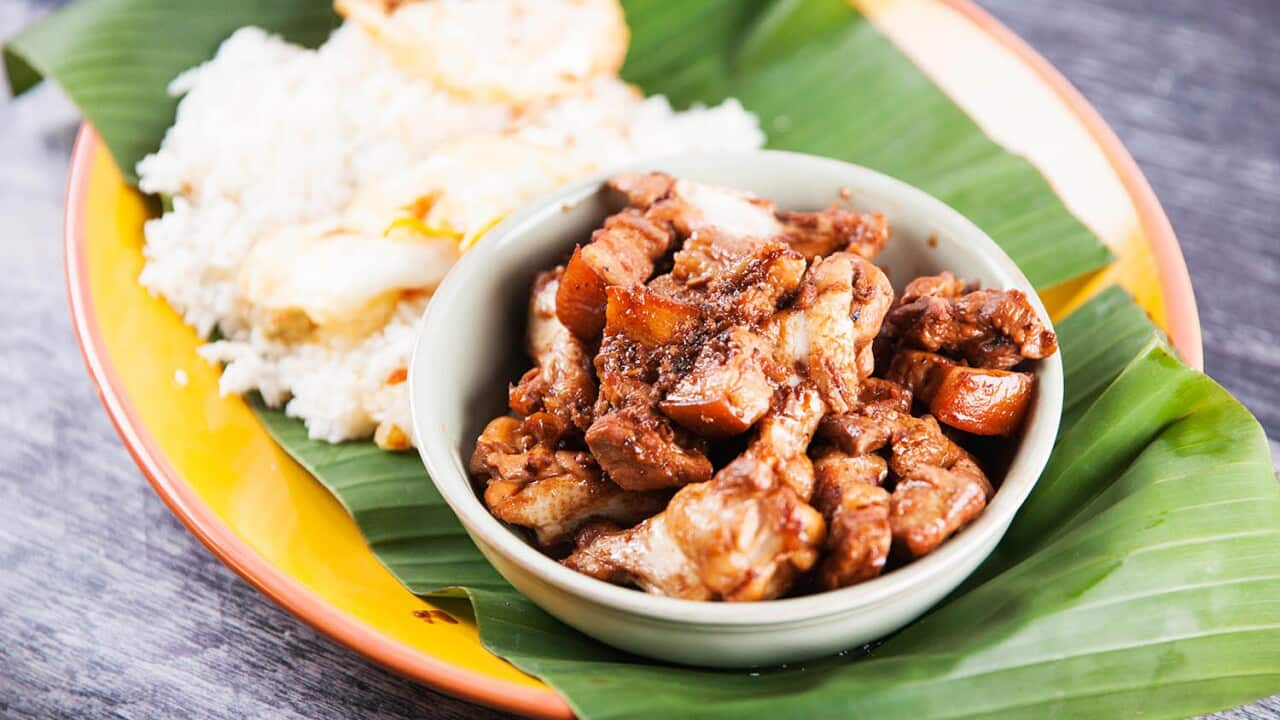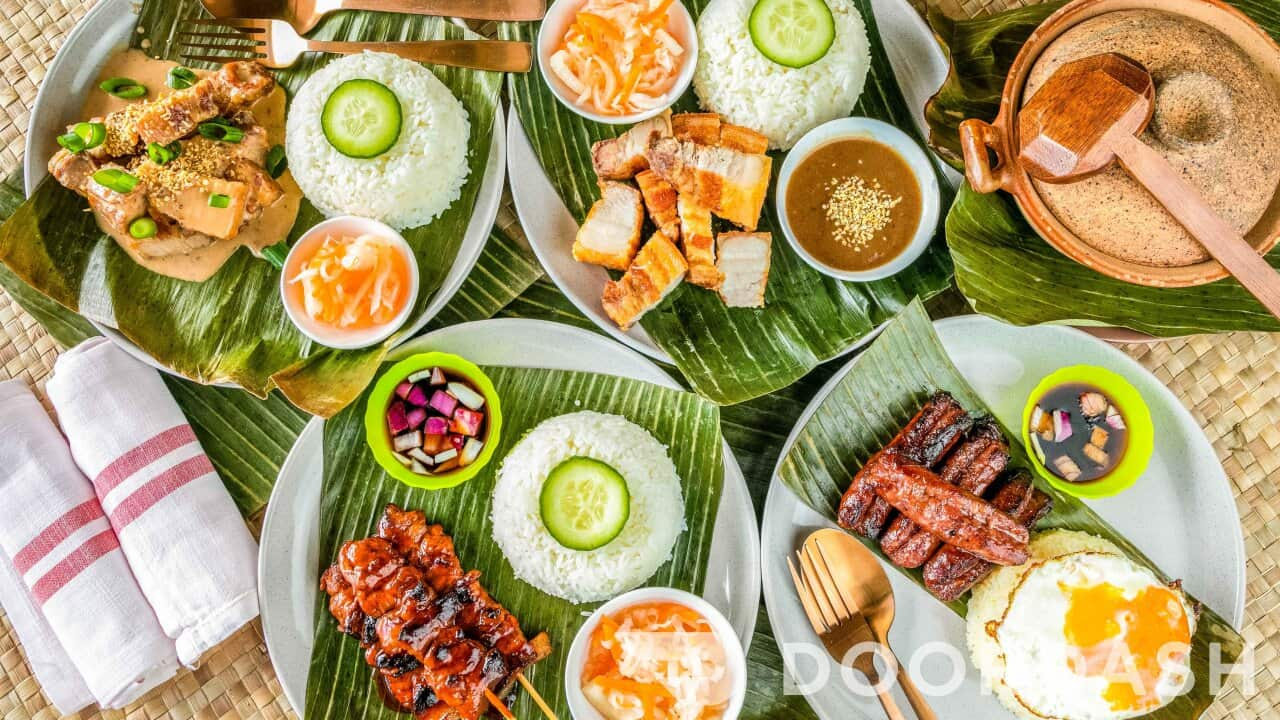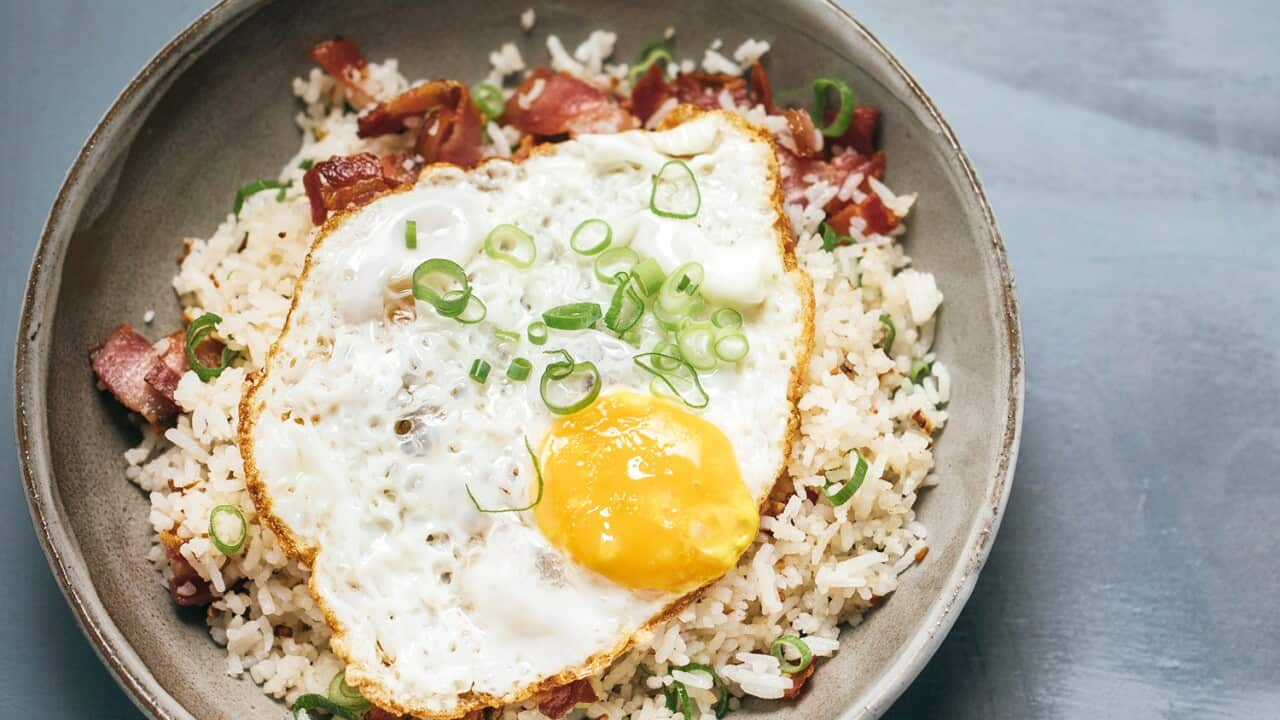"I like eating, but I'm useless in the kitchen," Melbourne potter Bien Selvano laughs, adding, "For me, creating tableware is my way of promoting Filipino food. I always think of what food will go with the pieces I make."
The pieces Selvano makes are more than just aesthetically-pleasing, functional tableware. For him, each one represents his love of Filipino cuisine and tradition.
The potter
Selvano admits that he initially explored the arts for his mental health.
"I found that I jived with pottery because I was drawn to the lines, structure and form in the work. It also provided me a way to turn my pain into something beautiful."
"I was self-taught, and my first 'studio' was behind the couch of our old apartment. I worked on pottery while my partner Erik watched Netflix," he laughs.
Now living in a new home, Erik watches Netflix in peace as Selvano operates from a bigger space.
"Early this year, I began working on pieces that are more Filipino-inspired, such as the lugaw [rice porridge] bowl. Lugaw has a lot of components – rice, meat, garlic, and boiled eggs. I designed a wider bowl instead of a deep one so that you'd be able to see all of that."
From the lugaw bowl, Selvano sought a more ambitious pursuit – the palayok, the traditional Filipino clay pot.

Traditional palayok is made from sand harvested from riverbeds. Source: DJ Roberto
The clay pot
Selvano's memories of the palayok take root in his mum's hometown of Lubang, Mindoro, where he spent his summers.
"Every summer, the town held the Santacruzan [a religious pageant/procession]. At the end of it would be a gathering of the townspeople at the plaza. A huge communal table would be set up with igado [pork liver dish], adobo [soy-vinegar meat dish], dinuguan [blood stew] and other dishes cooked and served in palayoks.
"I also remember playing pukpok palayok [hit the palayok] as a child. It was like the Filipino version of the piñata."
FILIPINO FOOD

Filipino pork and chicken adobo
While hitting a pot full of lollies is a hoot, Selvano shares that it's labour-intensive to make.
"I'm currently in the process of creating palayok that can be used as both serveware and cookware. Because of the difference in mineral components of clay here in Australia, it's a bit tricky." However, he's finally found a suitable type to use.
"In the Philippines though, clay is taken from riverbeds, strained and refined to remove rocks. Potters in the province use a manual potter's wheel. The wheel is heavy so that it can support the weight of the clay. Potters refine the bottom using a wooden paddle and a rock," he explains.
Because the traditional palayok is only fired once, it stays porous, allowing for slower, more even cooking.
"The palayok is able to withstand uneven, direct fire over a long period of time. Flavours produced are more intense as cooking progresses."
The fire
A client and friend of Selvano, chef Adam Hall of Filipino food initiative, the Kanin Project, can attest to the flavour-enhancing capability of the palayok.
Hall says, "When I went to the Philippines with my wife to visit her family, it was my first time seeing the small woodfire stoves and palayoks.
"From gathering the wood and lighting the fire, then getting it hot enough, adding the ingredients and simmering gently until everything is tender and cooked perfectly…it's a much more instinctive and interactive way of cooking."
Since the palayok is porous, it absorbs flavours, especially when cooking over fire or charcoal. "The gentle smoky aroma will permeate through the palayok and into the food which gives it much more depth of flavour."
THE JOYS OF FILIPINO FOOD

Inihaw: Barbecue the Filipino chargrill way









